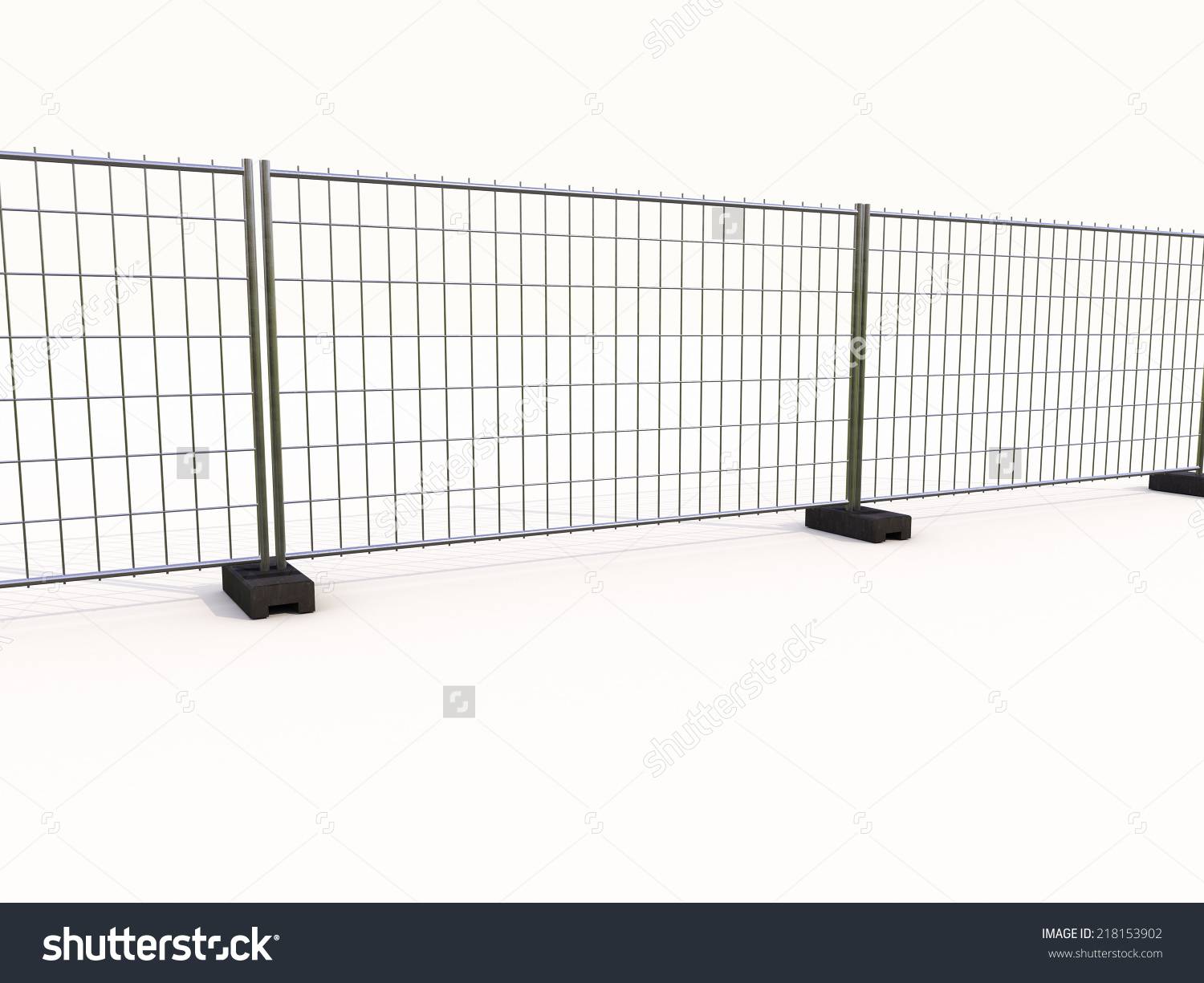

- Afrikaans
- Albanian
- Amharic
- Arabic
- Armenian
- Azerbaijani
- Basque
- Belarusian
- Bengali
- Bosnian
- Bulgarian
- Catalan
- Cebuano
- China
- China (Taiwan)
- Corsican
- Croatian
- Czech
- Danish
- Dutch
- English
- Esperanto
- Estonian
- Finnish
- French
- Frisian
- Galician
- Georgian
- German
- Greek
- Gujarati
- Haitian Creole
- hausa
- hawaiian
- Hebrew
- Hindi
- Miao
- Hungarian
- Icelandic
- igbo
- Indonesian
- irish
- Italian
- Japanese
- Javanese
- Kannada
- kazakh
- Khmer
- Rwandese
- Korean
- Kurdish
- Kyrgyz
- Lao
- Latin
- Latvian
- Lithuanian
- Luxembourgish
- Macedonian
- Malgashi
- Malay
- Malayalam
- Maltese
- Maori
- Marathi
- Mongolian
- Myanmar
- Nepali
- Norwegian
- Norwegian
- Occitan
- Pashto
- Persian
- Polish
- Portuguese
- Punjabi
- Romanian
- Russian
- Samoan
- Scottish Gaelic
- Serbian
- Sesotho
- Shona
- Sindhi
- Sinhala
- Slovak
- Slovenian
- Somali
- Spanish
- Sundanese
- Swahili
- Swedish
- Tagalog
- Tajik
- Tamil
- Tatar
- Telugu
- Thai
- Turkish
- Turkmen
- Ukrainian
- Urdu
- Uighur
- Uzbek
- Vietnamese
- Welsh
- Bantu
- Yiddish
- Yoruba

Industrial Noise Walls Durable Sound Barriers for Factories & Warehouses
Did you know 22 million US workers face hazardous noise levels daily? Your teams deserve better. Industrial noise walls aren't just barriers - they're productivity shields. Discover how next-gen solutions slash decibels while boosting operational efficiency.
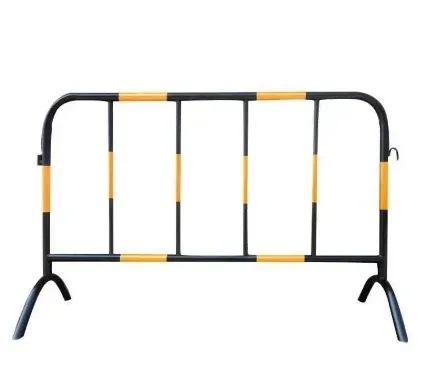
(industrial noise walls)
Why Our Industrial Noise Barriers Outperform Competitors
While others sell "walls," we engineer acoustic ecosystems. See the difference:
- ✅ 40dB-55dB reduction range (OSHA-compliant)
- ✅ 100% recyclable composite materials
- ✅ 25% faster installation than steel barriers
- ✅ Custom heights up to 40ft without structural support
| Feature | Standard Barriers | AcousticShield Pro |
|---|---|---|
| Noise Reduction (STC) | 28-35 dB | 40-55 dB |
| Wind Resistance | 90 mph | 150 mph |
Tailored Solutions for Your Unique Noise Challenges
Whether you're dampening turbine roar or containing manufacturing clatter, our configurable system adapts:
- 📐 Modular panels (4ft x 8ft units)
- 🌈 12 standard colors + custom branding
- ⚡ Quick-connect mounting system
Proven Results: Automotive Plant Case Study
After installing 800ft of AcousticShield barriers, Midwest AutoWorks achieved:
Ready to Transform Your Noise Control Strategy?
Join 450+ satisfied clients in 18 industries. Get your free site assessment within 48 hours!
Based on NRC testing at 2000Hz. Actual results may vary.
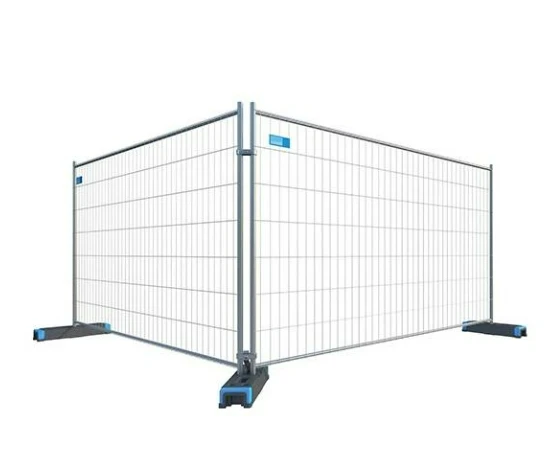
(industrial noise walls)
FAQS on industrial noise walls
Q: What are the primary purposes of industrial noise walls?
A: Industrial noise walls reduce sound transmission between industrial facilities and surrounding areas. They protect residential zones and workplaces from harmful noise pollution. These barriers are commonly used near factories, highways, and construction sites.
Q: What materials are industrial sound barriers typically made from?
A: Industrial sound barriers often use dense materials like concrete, steel, or composite panels. Some incorporate sound-absorbing materials like mineral wool or acoustic foam. Material choice depends on noise frequency, durability needs, and environmental conditions.
Q: How do industrial noise barriers differ from regular fencing?
A: Industrial noise barriers are specially engineered with sound-dampening properties and mass-loaded structures. Unlike standard fencing, they feature sealed joints and specialized designs to block or absorb sound waves. Their height and thickness also exceed typical fencing specifications.
Q: Can industrial noise walls withstand harsh environmental conditions?
A: Yes, high-quality industrial noise walls are designed for weather resistance and corrosion protection. Materials like galvanized steel or UV-stabilized polymers ensure longevity. Proper installation and maintenance further enhance their durability in extreme conditions.
Q: How effective are industrial sound barriers in decibel reduction?
A: Well-designed industrial sound barriers can reduce noise by 15-30 decibels depending on construction. Effectiveness depends on barrier height, material density, and proper installation. Strategic placement relative to noise sources maximizes their noise-blocking performance.
Recommended Products
Latest News About CHENG CHUANG
-
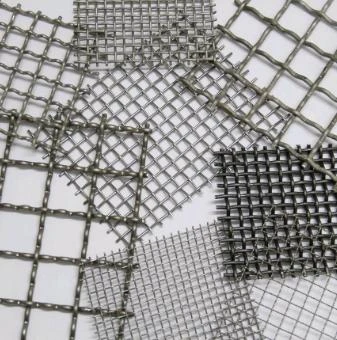 Wire mesh is durableWire mesh represents a cornerstone of modern industrial and agricultural solutions, offering unmatched versatility across countless applications.Read more >
Wire mesh is durableWire mesh represents a cornerstone of modern industrial and agricultural solutions, offering unmatched versatility across countless applications.Read more >Jul 11 2025
-
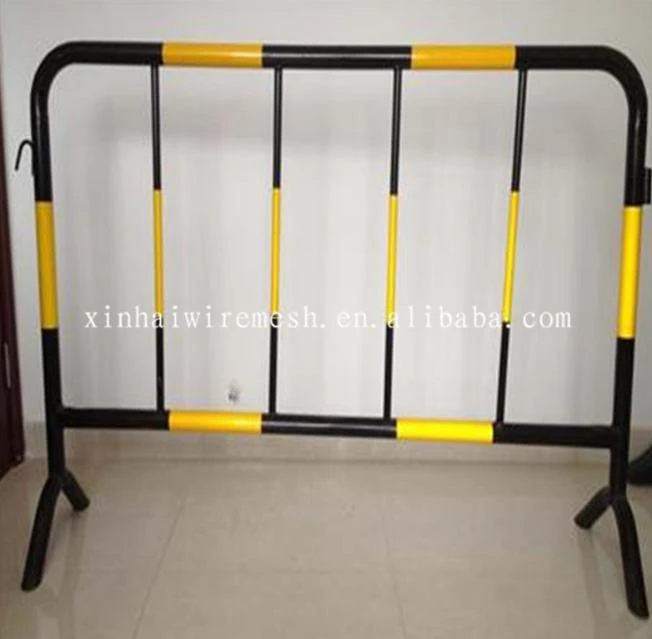 Safety barrier directs traffic flowIn high-risk environments, safety barrier systems stand as non-negotiable guardians against catastrophic incidents.Read more >
Safety barrier directs traffic flowIn high-risk environments, safety barrier systems stand as non-negotiable guardians against catastrophic incidents.Read more >Jul 11 2025
-
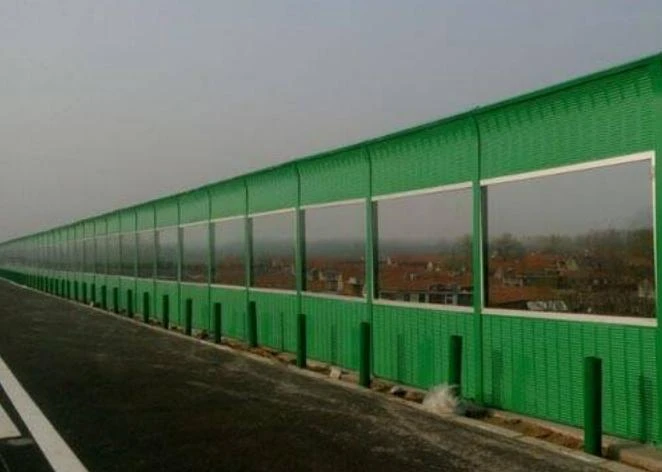 Modular Noise Barrier Eases InstallationUrbanization intensifies noise pollution, making noise barrier systems essential for preserving human health and tranquility.Read more >
Modular Noise Barrier Eases InstallationUrbanization intensifies noise pollution, making noise barrier systems essential for preserving human health and tranquility.Read more >Jul 11 2025
-
 Metal fence types enhance securityMetal fence types form the backbone of modern perimeter security solutions worldwide.Read more >
Metal fence types enhance securityMetal fence types form the backbone of modern perimeter security solutions worldwide.Read more >Jul 11 2025
-
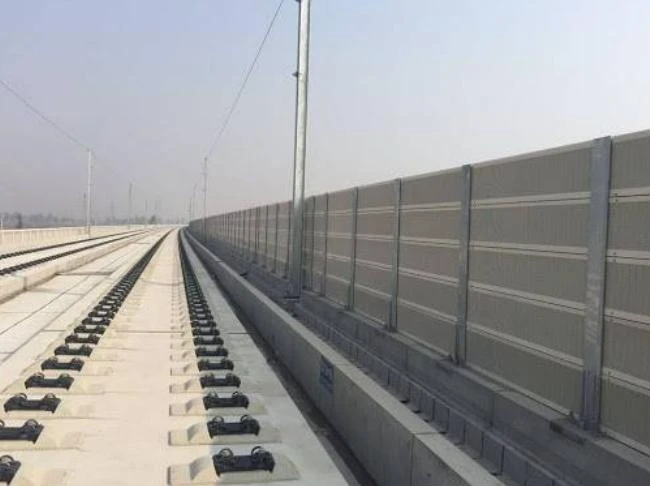 Crowd Control Barrier Manages Foot TrafficThe management of public gatherings demands precision, safety, and reliability, making crowd control barrier systems indispensable tools for organizers worldwide.Read more >
Crowd Control Barrier Manages Foot TrafficThe management of public gatherings demands precision, safety, and reliability, making crowd control barrier systems indispensable tools for organizers worldwide.Read more >Jul 11 2025
